Extruded Aluminum Bar
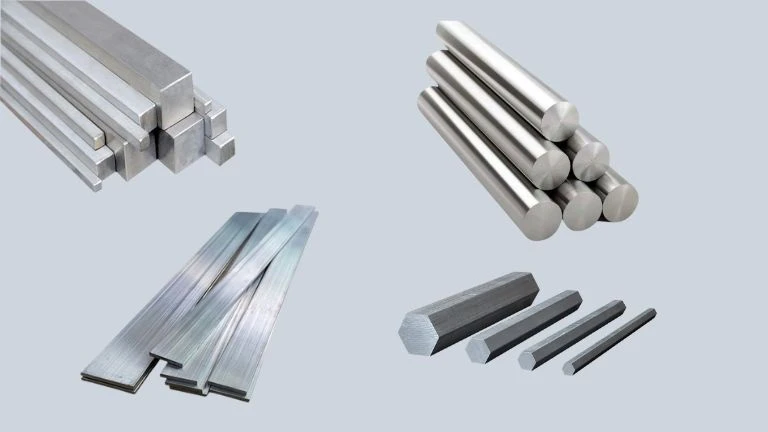
Extruded aluminum bars are a fundamental component in various industrial and commercial applications, renowned for their versatility, durability, and lightweight characteristics. These bars, standard aluminum profiles that are frequently sold on the market, undergo the process of aluminum extrusion. This involves pushing aluminum alloy through a die shaped in the desired cross-section, producing elongated pieces with consistent and uniform profiles. The extrusion process facilitates the creation of an extensive array of shapes and sizes, enabling customization to meet the specific needs of diverse projects.
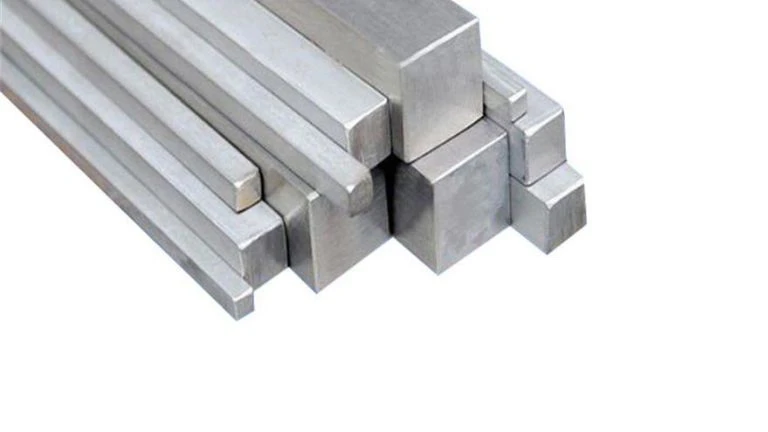
Square Aluminum Bar
Square aluminum bars feature a uniform cross-section, making them suitable for a wide array of structural applications. Their square shape allows for easy machining and fabrication, and they are available in various sizes to accommodate different design needs.

Rectangular Aluminum Bar
Rectangular aluminum bars are versatile profiles used in various applications, including structural and decorative purposes. Their rectangular shape provides a flat surface ideal for machining and fabrication. These bars are available in a range of sizes to meet specific project requirements.
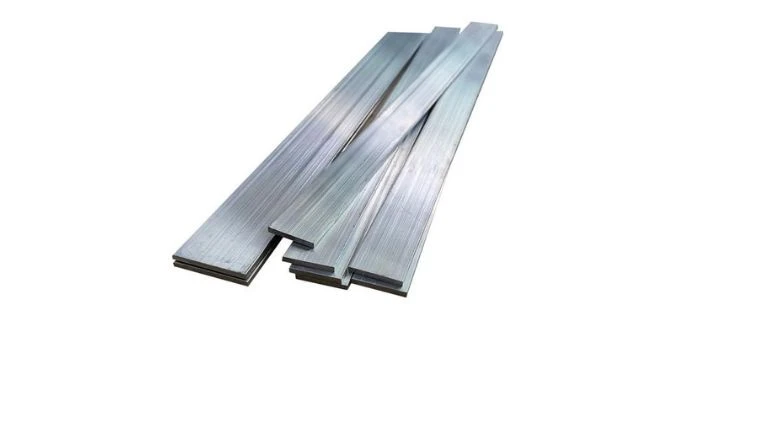
Flat Aluminum Bar
Flat aluminum bars are characterized by their wide, flat surface and thin profile, making them perfect for applications requiring a smooth, flat piece of aluminum. These bars are commonly used in trim applications, brackets, and supports, offering flexibility in both design and functionality.

Round Aluminum Bar
Round aluminum bars are cylindrical profiles used extensively in construction, machinery, and decorative applications. Their round shape facilitates easy machining and finishing, and they are available in a wide range of diameters to suit various project specifications.

Hexagon Aluminum Bar
Hexagon aluminum bars, with their six-sided shape, are often used in fasteners and applications requiring a good grip. They can be easily machined and modified to fit specific uses and are available in different sizes to meet diverse requirements.

T Aluminum Bar
T aluminum bars, with their T-shaped profile, are ideal for applications needing added structural support. They offer a unique design that can be easily incorporated into framing, supports, and rails. These bars are available in various dimensions for a range of applications.

Z Aluminum Bar
Z aluminum bars have a Z-shaped profile, providing a distinctive option for applications requiring specific geometric properties. They are often used in mounting brackets, wall systems, and as structural reinforcements. Available in several sizes, they offer versatility in design and use.

L Aluminum Bar
L aluminum bars, or angle bars, have an L-shaped cross-section, making them a popular choice for framing, brackets, and structural supports. Their angular design provides strength and rigidity to structures, and they are available in a variety of sizes to accommodate different construction needs.
Specification
| Material | 6000 Series aluminum alloy |
| Temper | T3-T8 |
| Thickness |
General profiles thickness: 0.8mm—1.4mm; Anodizing protection thickness: 8-12 micron; Normal powder coated thickness: 60-100 micron |
| Surface treatment | Anodizing, Electroplating, Polishing, Sandblasted, Powder coating, Brushed, PVDF, etc. |
| Color | Customized Color |
| MOQ | 500KG |
| Delivery time | 15-20 days after sample confirmed & down payment, or negotiated |
| Port | Guangzhou,Ningbo, Shanghai |
Factory Show
Let our expertise in custom aluminum profiles take your projects to the next level.
Aluminium Extrusion Solutions
At HTS Aluminium, we pride ourselves on our ability to deliver custom aluminium profile solutions tailored to the unique needs of each client. Our bespoke services are grounded in a deep understanding of our clients’ visions, which we bring to life by transforming drawings or samples into precision-engineered aluminium profiles.

Precision Aluminum Extrusion Process
Our state-of-the-art manufacturing facility is equipped with advanced extrusion presses and precision cutting tools, allowing us to handle even the most complex profiles with exceptional accuracy. Our team of skilled technicians brings years of industry experience to the table, ensuring that every extruded aluminium profile meets the highest standards of quality and precision.

Design and Manufacture of Moulds
We at HTS Aluminium specialize in the design and manufacture of custom moulds based on client specifications. Once a mould is created, we conduct trial productions and send samples to our clients for confirmation. This meticulous process ensures that the final product perfectly aligns with our clients’ expectations.

Material for Extruded Aluminum
Quality begins with the raw materials, and at HTS Aluminium, we use only the highest standard aluminium alloys for our extrusions. Our profiles are commonly crafted from a selection of industry-standard grades, each offering a balance of strength, durability, and corrosion resistance to meet various application requirements.


5052: Offers excellent corrosion resistance, good weldability, and moderate-to-high strength. It is a popular choice for marine and automotive applications.
Silicon (Si): 0.25% (Maximum)
Iron (Fe): 0.40% (Maximum)
Copper (Cu): 0.10% (Maximum)
Manganese (Mn): 0.10% (Maximum)
Magnesium (Mg): 2.2-2.8%
Chromium (Cr): 0.15-0.35%
Zinc (Zn): 0.10% (Maximum)
Remaining Balance: Aluminum (Al)
6061: A versatile alloy with good mechanical properties, weldability, and corrosion resistance. It is widely used for structural applications and in the automotive industry.
Silicon (Si): 0.40-0.80%
Iron (Fe): 0.70% (Maximum)
Copper (Cu): 0.15-0.40%
Manganese (Mn): 0.15% (Maximum)
Magnesium (Mg): 0.8-1.2%
Chromium (Cr): 0.04-0.35%
Zinc (Zn): 0.25% (Maximum)
Titanium (Ti): 0.15% (Maximum)
Remaining Balance: Aluminum (Al)
6063: Often referred to as an architectural alloy, it has a smooth surface finish and is commonly used in window and door frames.
Silicon (Si): 0.20-0.60%
Iron (Fe): 0.35% (Maximum)
Copper (Cu): 0.10% (Maximum)
Manganese (Mn): 0.10% (Maximum)
Magnesium (Mg): 0.45-0.90%
Chromium (Cr): 0.10% (Maximum)
Zinc (Zn): 0.10% (Maximum)
Titanium (Ti): 0.10% (Maximum)
Remaining Balance: Aluminum (Al)
7075: One of the strongest aluminum alloys available, with zinc as the main alloying element. It is used in applications where strength is critical, such as in aerospace and military components.
Zinc (Zn): 5.1-6.1%
Magnesium (Mg): 2.1-2.9%
Copper (Cu): 1.2-2.0%
Chromium (Cr): 0.18-0.28%
Silicon (Si): 0.40% (Maximum)
Iron (Fe): 0.50% (Maximum)
Manganese (Mn): 0.30% (Maximum)
Titanium (Ti): 0.20% (Maximum)
Other elements: Each 0.05% (Maximum), Total 0.15% (Maximum)
Remaining Balance: Aluminum (Al)
Heat Treatment Options
Our aluminium profiles can undergo a range of heat treatment options to enhance their properties. From T5 to T6 treatments, we tailor the process to achieve the desired level of hardness, strength, and elasticity. Each treatment option is designed to bring out the best in the material, ensuring that the final product stands up to the demands of its application.
T5 Heat Treatment
Process: Cooled from an elevated temperature shaping process and then artificially aged.
Characteristics: Increases the strength of the aluminum by accelerating the aging process, resulting in a material that has moderate strength and good formability.
T6 Heat Treatment
Process: Solution heat-treated and then artificially aged.
Characteristics: Provides a significant increase in strength compared to T5 by altering the microstructure of the aluminum. This results in a high-strength material with good machinability and fair formability.
Aluminum Profile Surface Treatment
Surface treatment for aluminum window profiles serves two important purposes: protection and customization. There are several straightforward methods for this. Anodizing involves creating a protective oxide layer through an electrochemical process, providing corrosion resistance. Electrophoretic coating (e-coating) ensures even coverage and enhanced durability. Powder coating uses dry powder for a tough, colorful finish. PVDF coating offers excellent weather resistance. Wood grain transfer printing replicates a wood texture for a natural look. Each of these methods caters to different needs, from safeguarding against the elements to achieving a desired aesthetic for aluminum window profiles.

Custom Aluminum Bar Process
At HTS Aluminum Profiles, we specialize in delivering custom aluminum extrusion solutions tailored to your specific needs. Here’s a step-by-step guide to our customization process:
Step 1: Initial Consultation
Your journey begins with an initial consultation where we discuss your project requirements. We encourage you to share your design concepts, application needs, and any critical parameters that the aluminum profile must meet. This collaborative approach ensures that we fully understand your vision and objectives.
Step 2: Design and Engineering
Leveraging our extensive experience in aluminum extrusion, our skilled engineers work closely with you to refine your design. We consider factors such as the aluminum alloy grade, temper, and mechanical properties required for your application. Our team uses advanced CAD software to create precise technical drawings and 3D models of the proposed profile.
Step 3: Die Fabrication
Once the design is finalized, we proceed to manufacture the custom extrusion dies. Our precision die-making process ensures that the final profile will match your specifications with high accuracy. We employ state-of-the-art CNC machines to craft dies that can withstand the rigors of extrusion while maintaining tight tolerances.
Step 4: Aluminum Extrusion
With the dies ready, the actual extrusion process begins. We select the appropriate aluminum alloy and heat it to the precise extrusion temperature. The heated billet is then pressed through the die to create the custom profile. Our extrusion presses, ranging from 600 to 3600 tons, are capable of producing a wide range of profile sizes and shapes.
Step 5: Surface Treatment and Finishing
Following extrusion, the profiles undergo various surface treatments as per your requirements. Options include anodizing, electroplating, sandblasting, powder coating, fluorocarbon painting, and wood grain transfer printing. These processes enhance the profiles’ durability, corrosion resistance, and aesthetic appeal.
Step 6: Quality Assurance
Quality is at the heart of everything we do. Each custom aluminum profile is subjected to rigorous quality checks to ensure it meets ISO standards and our European quality certifications. We perform dimensional inspections, mechanical testing, and surface finish evaluations to guarantee that your profiles are delivered without defects.
Step 7: Packing and Delivery
After passing all quality inspections, the aluminum profiles are carefully packed to prevent any damage during transit. We use robust packaging materials and methods tailored to the profiles’ dimensions and your delivery preferences. Our logistics team then manages the safe and timely delivery of your custom aluminum profiles to your specified location.
Step 8: After-Sales Support
Our commitment to your satisfaction extends beyond delivery. We offer comprehensive after-sales support to address any concerns or additional requirements you may have. Our customer service team is always ready to assist you with any questions or feedback.
Alu Alloy Bar Extrusion Factory
HTS NEW MATERIALS is a professional aluminum extrusion profile manufacturer based in China. We specialize in various stages of aluminum profile production, from mold design and melting to extrusion, oxidation, electrophoresis, coating, and polishing, providing a comprehensive range of services.
Our product range encompasses aluminum profiles suitable for windows and doors (including thermal break section), industrial applications (T-slot, channel, tubing), and photovoltaic systems. Situated in Jiangxi, our spacious production facility covers 30,000 square meters and employs over 200 skilled professionals, enabling us to produce more than 10,000 metric tons of aluminum profiles annually.
At HTS NEW MATERIALS, we also offer various surface treatments, including anodizing, electrophoretic coating, powder coating, PVDF coating, and wood grain transfer printing, to enhance both functionality and appearance. Whether it’s for construction, industry, or renewable energy, our high-quality aluminum profiles are ready to meet your specific needs.

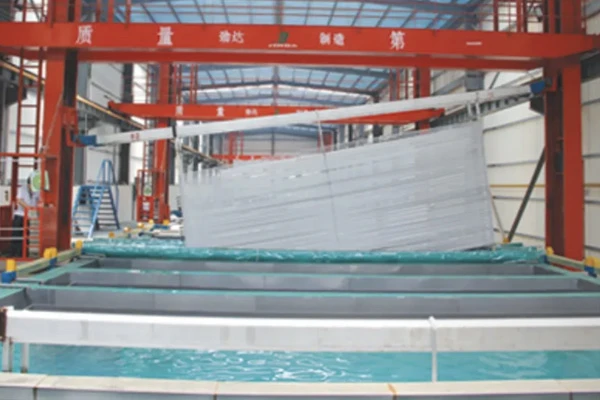
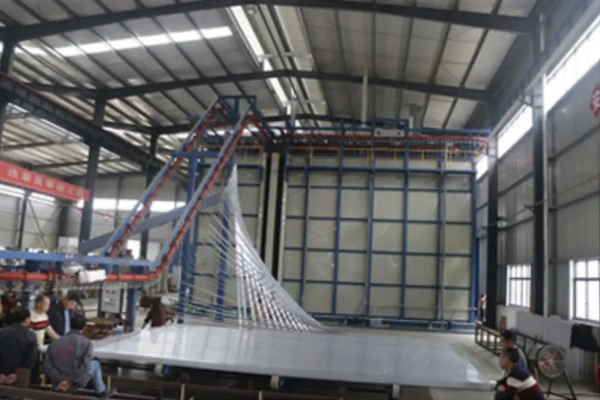



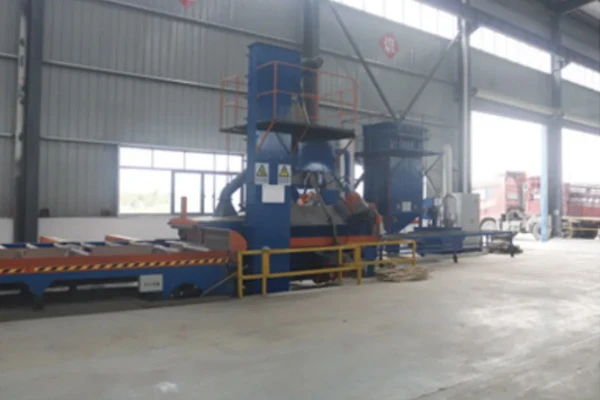

We are committed to delivering precision-engineered aluminum profiles that meet the highest standards of quality. From initial design to final delivery, we provide a seamless and personalized experience, ensuring that your custom aluminum solutions are produced efficiently and to your satisfaction.
Take the next step in your project and contact us for a consultation on your custom aluminum extrusion needs.
How to Produce Aluminum Bar

Aluminum profiles for doors and windows are manufactured using high-quality aluminum alloys, specifically designed for their structural integrity, durability, and corrosion resistance. The primary raw material used in the production of these profiles is aluminum extrusion billets.
Aluminum extrusion billets are cylindrical logs or ingots made from a blend of aluminum and various alloying elements. These alloying elements, such as silicon, magnesium, manganese, and copper, are added in precise proportions to enhance the strength, ductility, and other desired properties of the final aluminum profiles.
The billets undergo a series of processes to convert them into the desired profiles for doors and windows. The first step is heating the billets to a specific temperature, making them soft and malleable. Then, they are forced through a specially designed die under high pressure, using an extrusion press. The die imparts the desired shape and cross-sectional profile to the aluminum, resulting in the extruded profiles.
After extrusion, the profiles undergo various finishing processes, such as cutting, machining, surface treatment, and powder coating. These processes further enhance the aesthetics, functionality, and durability of the profiles, making them suitable for use in doors and windows.
How to Select Extruded Aluminum Bar

Define Your Requirements: Determine your specific requirements for the aluminum profiles. Consider factors such as the intended application, load-bearing capacity, thermal insulation needs, aesthetic preferences, and any specific industry standards or certifications that may be required.
Assess Material Quality: Check the material grade of the aluminum profiles. High-quality profiles often use standardized aluminum alloy grades such as 6061, 6063, or 6082. Verify if the profiles are made from pure aluminum or if they are alloyed with other elements to enhance their properties.
Physical Inspection: Physically inspect the profiles to evaluate their quality. Look for smooth and uniform surfaces, free from visible defects like scratches, dents, or irregularities. Check the dimensions and tolerances to ensure they meet your specifications.
Surface Treatment and Coating: Examine any surface treatments or coatings applied to the profiles. Anodized or powder-coated finishes are common for enhanced protection and aesthetics. Assess the quality and durability of the coating, ensuring it is uniform and resistant to corrosion, fading, and scratching.
Structural Integrity: Assess the strength and structural integrity of the profiles. Consider their load-bearing capacity, rigidity, and resistance to deformation. Profiles with proper heat treatment and extrusion techniques tend to exhibit better structural properties.
Certification and Compliance: Check if the aluminum profiles meet relevant industry standards and certifications. Look for certifications like ISO 9001 for quality management systems or specific industry certifications that demonstrate adherence to recognized quality standards.
